Advancement of Environmental Sustainability: A Comparative Analysis of Flue Gas Desulfurization Technologies in China's Energy Sector
DOI: 10.23977/erej.2024.080103 | Downloads: 38 | Views: 1885
Author(s)
Li Yizhe 1
Affiliation(s)
1 Northwest Normal University, 967 Anning E Rd, Lanzhou, China
Corresponding Author
Li YizheABSTRACT
This paper provides an in-depth analysis of the various flue gas desulfurization technologies employed in the context of China's rapidly growing energy sector. With the nation's industrial expansion leading to unprecedented levels of sulfur dioxide (SO2) emissions, the need for efficient and effective desulfurization methods is paramount. This study systematically examines multiple desulfurization techniques, including limestone-gypsum, ammonia alkali, dual alkali, magnesium oxide, organic amine methods. The research evaluates each method based on its operational mechanics, efficiency, economic feasibility, environmental impact, and suitability for China's specific industrial conditions. Limestone-gypsum desulfurization, while prevalent, is contrasted with emerging alternatives that offer potential advantages in terms of efficiency, cost, and environmental sustainability. Special attention is given to innovative approaches such as magnesium oxide and organic amine methods, which demonstrate high efficiency and lower ecological footprints. The findings of this study indicate a trend towards more sustainable and cost-effective desulfurization techniques, highlighting the need for continued research and development in this field.
KEYWORDS
Flue Gas Desulfurization, Sulfur Dioxide Emissions, Environmental Sustainability, Energy Sector in China, Industrial Pollution ControlCITE THIS PAPER
Li Yizhe, Advancement of Environmental Sustainability: A Comparative Analysis of Flue Gas Desulfurization Technologies in China's Energy Sector. Environment, Resource and Ecology Journal (2024) Vol. 8: 12-17. DOI: http://dx.doi.org/10.23977/erej.2024.080103.
REFERENCES
[1] Zeng Dongyu, Chen Fanzhi, Guo Jieru, et al. Domestication is the Development Direction of Flue Gas Desulfurization in China's Future [J]. Guangdong Electric Power, 2004, (01): 10-13+78.
[2] Ministry of Ecology and Environment of the People's Republic of China, 2021. 2020 China's Ecological Environment Bulletin [EB/OL].http://www.mee.gov.cn/hjzl/sthjzk/zghjzkgb202105/P020210526572756184785.pdf.
[3] Liu Dongsheng, Li Fengqi. New Approaches to Sulfur Dioxide Pollution Control and Resource Utilization [J]. Liaoning Urban-Rural Environmental Science and Technology, 2006, (04): 61-64.
[4] Zhao Guangling. Theoretical Study on Limestone-Gypsum Method for Sulfur Dioxide Absorption Process [D]. Northeastern University, 2008.
[5] Sun Zhiguo, Xie Hongyong, Liang Shangyun, et al. Overview of Resource-Utilization Flue Gas Desulfurization Technologies [J]. Journal of Shanghai Second Polytechnic University, 2013, 30(02): 77-85.
[6] Wang Daobin. Introduction to Magnesium Oxide Flue Gas Desulfurization Engineering for Heating Boilers [J]. Cement Technology, 2021(01): 38-42.
[7] Sun Zhihao. Study on the Desorption Performance of High-Efficiency Organic Amine for SO2 [D]. Hefei University of Technology, 2020.
| Downloads: | 5979 |
|---|---|
| Visits: | 448455 |
Sponsors, Associates, and Links
-
International Journal of Geological Resources and Geological Engineering
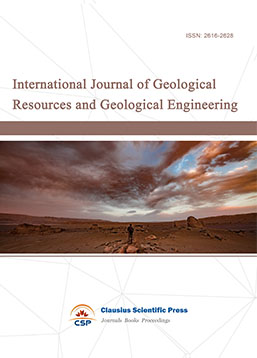
-
Big Geospatial Data and Data Science

-
Solid Earth and Space Physics

-
Environment and Climate Protection
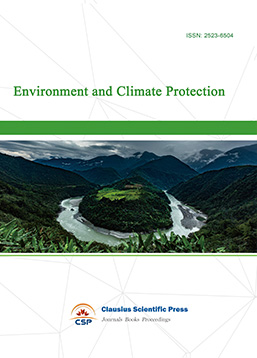
-
Journal of Cartography and Geographic Information Systems

-
Offshore and Polar Engineering

-
Physical and Human Geography
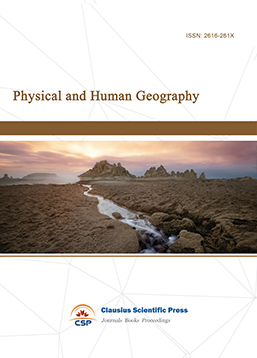
-
Journal of Atmospheric Physics and Atmospheric Environment
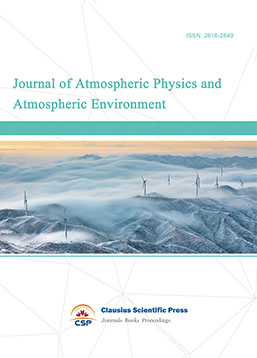
-
Trends in Meteorology

-
Journal of Coastal Engineering Research
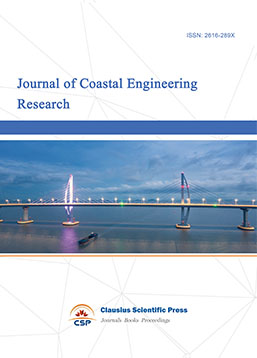
-
Focus on Plant Protection
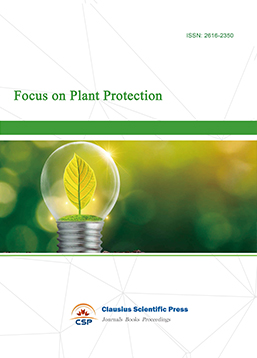
-
Toxicology and Health of Environment
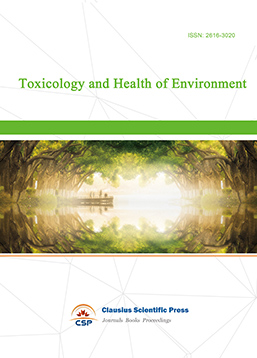
-
Geoscience and Remote Sensing
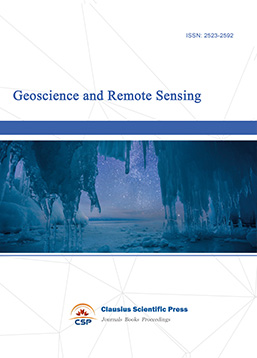
-
Advances in Physical Oceanography

-
Biology, Chemistry, and Geology in Marine
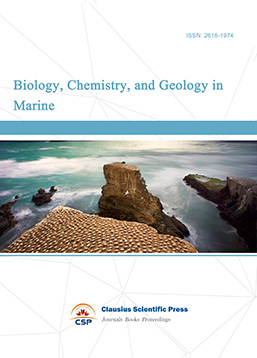
-
Water-Soil, Biological Environment and Energy

-
Geodesy and Geophysics

-
Journal of Structural and Quaternary Geology
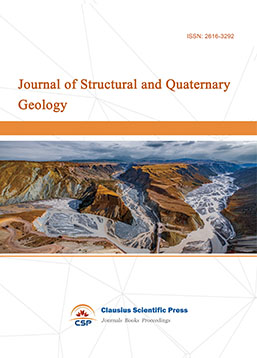
-
Journal of Sedimentary Geology

-
International Journal of Polar Social Research and Review


 Download as PDF
Download as PDF